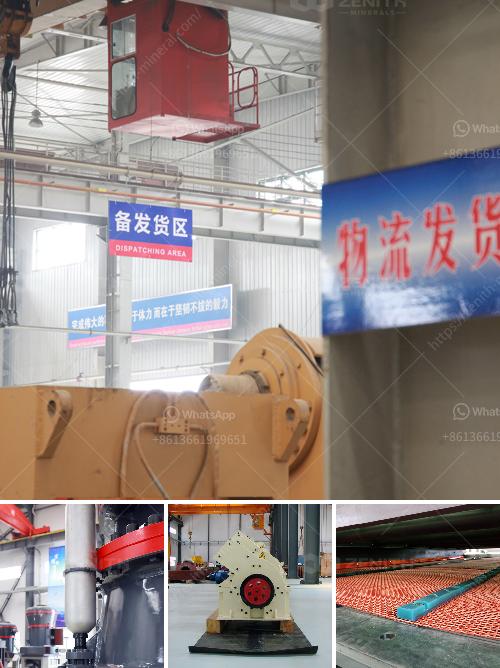Developing a 100 tons per hour (tph) alluvial gold processing plant, particularly one that deals with sticky clay, requires careful planning and the right kind of equipment. Below is a proposed layout and key equipment for such a plant:
1. Feed Hopper
- Purpose: To receive the raw material.
- Design: Large capacity hopper to handle up to 100tph. Inclined walls can help material flow.
2. Grizzly Feeder or Trommel Screen
- Purpose: To separate large rocks and debris.
- Equipment: Heavy-duty grizzly feeder with adjustable bars or a trommel screen with high-pressure water sprays to break up clay.
3. Scrubber/Washing Drum
- Purpose: To break down the sticky clay and separate finer materials.
- Design: Rotary scrubber with high-pressure water jets to disintegrate clay and liberate fine gold particles.
4. Vibrating Screen
- Purpose: To classify materials based on particle size.
- Design: Multi-deck vibrating screen to separate finer gold-bearing material from larger waste.
5. Sluice Box/Concentration Table
- Purpose: To capture gold particles.
- Design: Multiple sluice boxes with riffles and mats to trap fine gold or shaking tables for further concentration of gold.
6. Tailings Management System
- Purpose: To manage and dispose of processed material.
- Equipment: Tailings conveyor or slurry pump to transfer tailings to a designated disposal area.
7. Water Recycling System
- Purpose: To manage water usage effectively.
- Design: Settling ponds or a water treatment system to recycle water for reuse in the processing plant.
Additional Considerations:
- Power Supply: Ensure adequate and reliable power supply for all equipment.
- Safety Measures: Implement proper safety protocols and equipment.
- Environmental Compliance: Ensure the operation meets local environmental regulations and standards.
- Personnel Training: Train workers to operate and maintain the equipment effectively.
Example Workflow:
- Raw material is loaded into the feed hopper.
- Material passes through the grizzly feeder/trommel screen, separating large rocks.
- The remaining material is directed to the rotary scrubber where clay is broken down.
- Material then goes to the vibrating screen for classification.
- Classified material is passed through sluice boxes/shaking tables for gold concentration.
- Tailings are managed and disposed of appropriately.
- Water used in the process is recycled for efficiency.
Budget & ROI
- Develop a budget considering the cost of equipment, installation, maintenance, and operation.
- Calculate the potential return on investment based on the expected quantity of gold recovered and market prices.
By designing a plant with these components and considerations, you can efficiently process alluvial gold with sticky clay while maximizing recovery and minimizing environmental impact.

